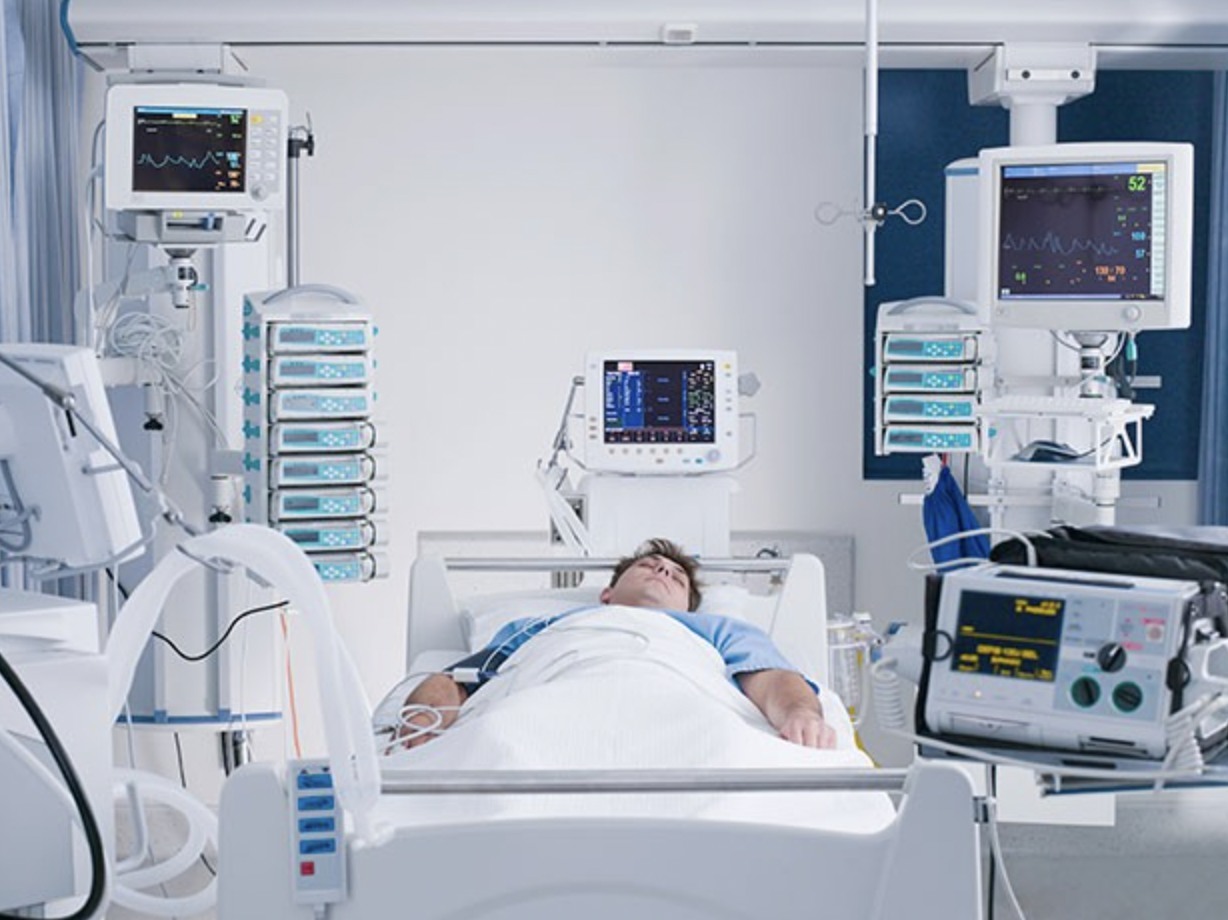
Medical devices product lifecycle management is the representation of a responsibility for the efficacy and safety of medical devices over the entire product life cycle. It is forcing the necessity for stringent pre-market evaluations and post-market surveillance procedures to assess the functionality performance of medical devices. What is the medical devices lifecycle, how is it implemented to design and engineering work?
Paweł Zieliński – Marketing Manager Consonance
Table of Contents
What is product life cycle management in medical devices?
The 2019 edition of ISO 14971 provides the following definition of life cycle. A collection of all stages of a medical device’s life, from creation to deactivation and disposal.
The idea of a medical device’s life cycle is derived from the more general concept of a product life cycle (PLC). Medical devices, like many other tangible products, start off their existence in a production facility before being sold to the consumer and being used up to the end of their natural life cycle.
A medical device’s life cycle may be broken down into six separate phases, each of which has its own set of regulatory requirements. They also put a significant impact on how project management for medical devices actually works.
Stages of the Medical Device Product Lifecycle
This process engages the engineering team, designers, product, and business development to define future medical devices using functioning proof of concept models that address product purpose and human aspects. Defining stages of the Medical Device Product Lifecycle helps to improve data management, quality assurance, regulatory and legal compliance. Whatstages are equally important:
Concept Development
A medical innovation is just a notion at this point. Each medical device starts off as a concept to address a medical issue that someone has in a simpler, more affordable, or more efficient manner. During the concept stage, a medical device inventor can start by defining the product in the beginning, looking into possible financing sources and distribution channels, and establishing the device’s preliminary specifications.
It is also the ideal time to decide whether or not the product qualifies as a medical device. Of course, depending on the locations in which the item will be sold and the local regulatory regulations, the definition of a medical device may change.
Prototype Design
The gathering of user demands and their conversion into technical specifications for the finished product define the planning stage for medical devices. At this point, engineers may begin creating prototypes, devising a regulatory strategy, categorizing the device’s risk, creating a design file, and expanding the project plan for the device’s marketing.
To make sure the produced product is in line with client expectations, certain products may be able to begin initial testing and obtain user input.
Concept Validation
Final manufacturing process validation and product launch planning are both included in this step of the product life cycle. This stage involves a variety of tasks, including:
- Procedure validation mostly using the IQ/OQ/PQ methodology.
- Clinical research based on the allegations made about the device.
- Final labeling, comprising the IFU.
- Regulatory Submission.
- CE marking as well as other commercial clearances.
Product Launch
The product has reached the launch phase after a medical device manufacturer receives authorisation to commercialize the device. The maker will offer training and assistance to allow the device’s efficient usage, and the product will be offered to hospitals, clinics, and healthcare professionals.
At this point, the implementation of the product-market fit process is driven by the marketing and sales strategy. Although if any recalls occur or a product is scheduled for upgrades and investments in the future, engineers and designers are still somewhat behind. Similar to previous stages, this is a time when we should pay close attention to early adopters of new products who can share their experiences. Doing so could benefit both the marketing department and the engineering team by providing valuable information for improving the next iteration of the product.
Post-market activities
The final stage involves after-market activities. Post-market surveillance and post-market clinical follow-up are included in this phase. In order to regularly assess the safety of the item on the market, vigilance monitoring and complaint handling are important PMS tasks.
Typically, during this phase, there are other activities pertaining to process and product improvements as well as the requirement for surveillance audits in order to actively retain the certification.
Benefits of Product Lifecycle Management
I believe that the advantages of medical product lifecycle management include increasing the safety, dependability, and visibility of future innovations. It is quite simple to talk about something and have everyone picture a different outcome, since our imaginations function differently. Misunderstandings between product owners, designers, engineers, and investors are remedied by this management style. Without it, accelerating time to market and figuring out the end result would be challenging.